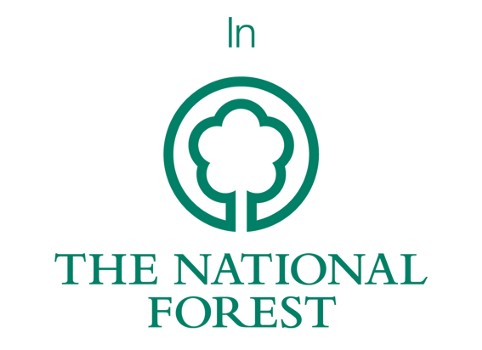Whatever people think of the European Union, it is a plan fact that a huge amount of funding for the environment originates through EU funded schemes - such as Countryside Stewardship which is the central pillar of the UK's environmental response to the Common Agricultural Policy.
Parliament's Environmental Audio Committee has launched an inquiry into the Future of the Natural Environment after the EU Referendum. Hopefully, this enquiry will not only pull together an insightful and accurate picture of the current funding for the natural environment, but will be welcomed by a Government with the will to ensure robust and effective new funding streams replace those currently delivered through the EU.
Although intended as an agriculture-led funding stream, Countryside Stewardship is presently the main source of funding for many important wildlife sites, many in public or third-sector ownership, including many National Nature Reserves. Not only does this funding ensure these sites are managed, it also provide a powerful incentive to ensure that their management is truly focused on biodiversity gains.
Equally, stewardship (and the Woodland Grant Scheme which is now part of Countryside Stewardship) have provided powerful incentives for private landowners to invest in environmental improvements and biodiversity, undoing some of the damage of earlier incentives to drain wetland, 'improve grassland' and rip out hedgerows.
The current, and presumably final, round of European structural funding was the first where the UK decided to adopt explicit habitat-related objectives. Though some areas failed to grasp this opportunity, many did creating the opportunity for significant and innovative new projects such as The Black Country's Blue Network. ERDF and ESF funding has also provided the foundation for the majority of significant regeneration projects across the UK for several decades.
The prospect of 'Brexit' creates a scenario where this could all unravel. It is far from certain what proportion of the fund currently sent to Brussels and returned as environmentally-targeted subsidies and grants will continue to be applied to these priorities. It will now go into a huge treasury pot, and the environment will have to line up alongside, or perhaps more likely, behind those causes, from the NHS to reduced taxation, we were told would be the beneficiaries of Brexit.
The aspirations set out in the Natural Environment White Paper and Sir John Lawton's Making Space for Nature, were high but set out an achievable challenge to protect and even transform the UK's landscapes for the better.
The next few years will redefine the whole funding landscape for the environment and biodiversity; whatever decisions are made their implications will echo down years and be the main factor in deciding whether we achieve those aspirations or fall miserably short.


